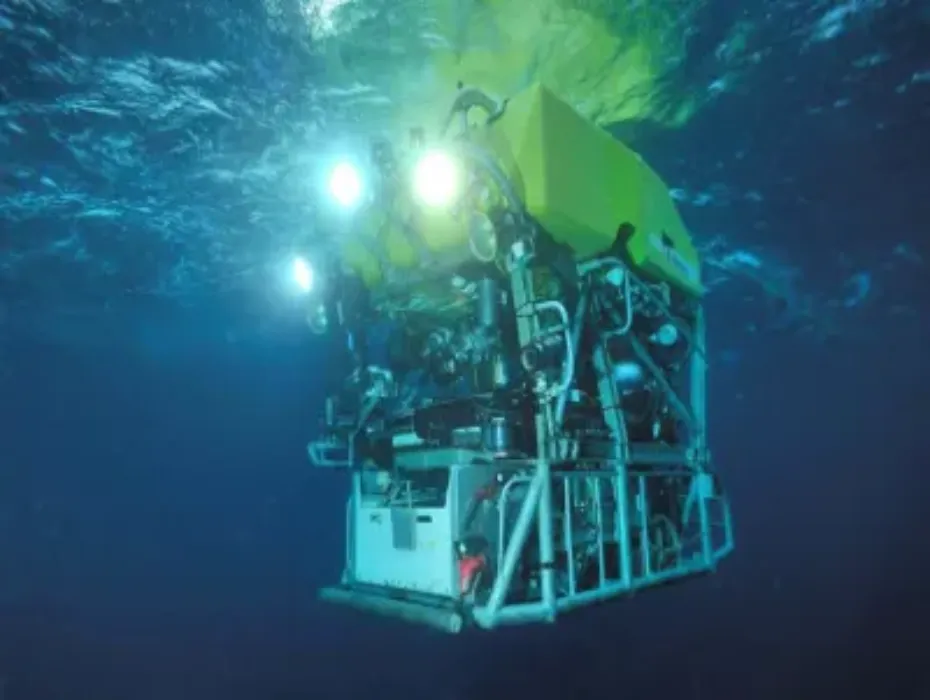
The alerts were clustered 20 nautical miles from shore. The sonar feed was pulsing irregularly, the data refreshing faster than usual. Her instincts kicked in. She grabbed the comms mic. “All hands—gear up. Possible submersion event near buoy 8-Gulf. I want the drone prepped and crane teams on standby. Move.”
Katherine didn’t waste time. She briefed her first officer and activated the ship’s alert status. Within minutes, the Solara was slicing through the morning fog, her engines humming steady. Katherine stood at the helm, one hand on the throttle, the other sketching mental contingency plans. Something about the readings felt off.

By the time they reached the source of the disturbance, the crew was in full operational rhythm. Katherine attached the inspection camera to their deep-sea drone herself. She had learned not to delegate the things that mattered most. With practiced hands, she calibrated the feed and initiated the descent.
Her crew took their positions at the heavy-lift cranes and towing pontoons. The water was still unusually clear—almost eerie. The drone slipped beneath the surface like a ghost, and Katherine took her position at the dashboard. Through the live feed, she scanned coral-streaked rocks, scattered debris, and then—something unmistakably foreign.